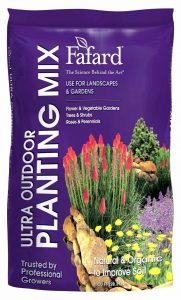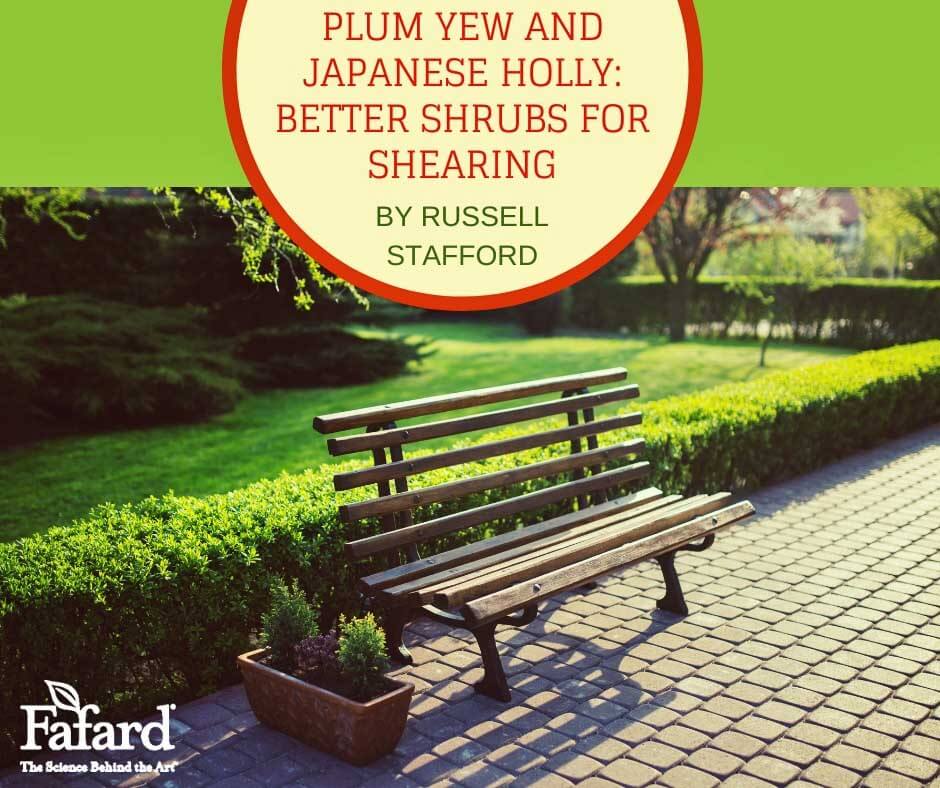
Some garden settings are just made for the stylized, symmetrical look of sheared shrubs. Likewise, some shrub species take especially well to being sheared into dense, geometrical shapes
An essential ingredient of formal Japanese gardens, French parterres, English hedges, and other stylized landscape features, sheared shrubs excel at providing structure or at balancing other architectural elements (such as pillared entryways and granite walls). To fill this bill requires a special sort of shrub: one with dense, slowly expanding growth concentrated mostly at the stem tips. In contrast, many popular garden shrubs (including most roses, forsythias, spireas, and weigelas) produce vigorous, arching stems that originate from their interiors. Shrubs with this rangier growth architecture look mutilated rather than sculpted after shearing.
Traits of Shrubs for Shearing

The ideal sheared shrub also needs to tolerate heavy pruning, in case of overgrowth. This disqualifies most needle evergreens, which will not survive such treatment.
The relative lack of shrubs suitable for shearing has led to the ubiquitous use of a few species. Yews (Taxus spp.) – the knee-jerk conifers for sheared hedges and foundation plantings – have become a garden cliché. So, too, have their broadleaf counterpart, boxwoods (Buxus spp.). Moreover, these two traditional mainstays have increasingly fallen prey to pests: yews to deer, and boxwoods to aphids and fungal blight. As alternatives, you might want to consider two shrubs that provide a similar look to Taxus and Buxus without the deficiencies: plum yew and Japanese holly.
Plum Yews for Shearing
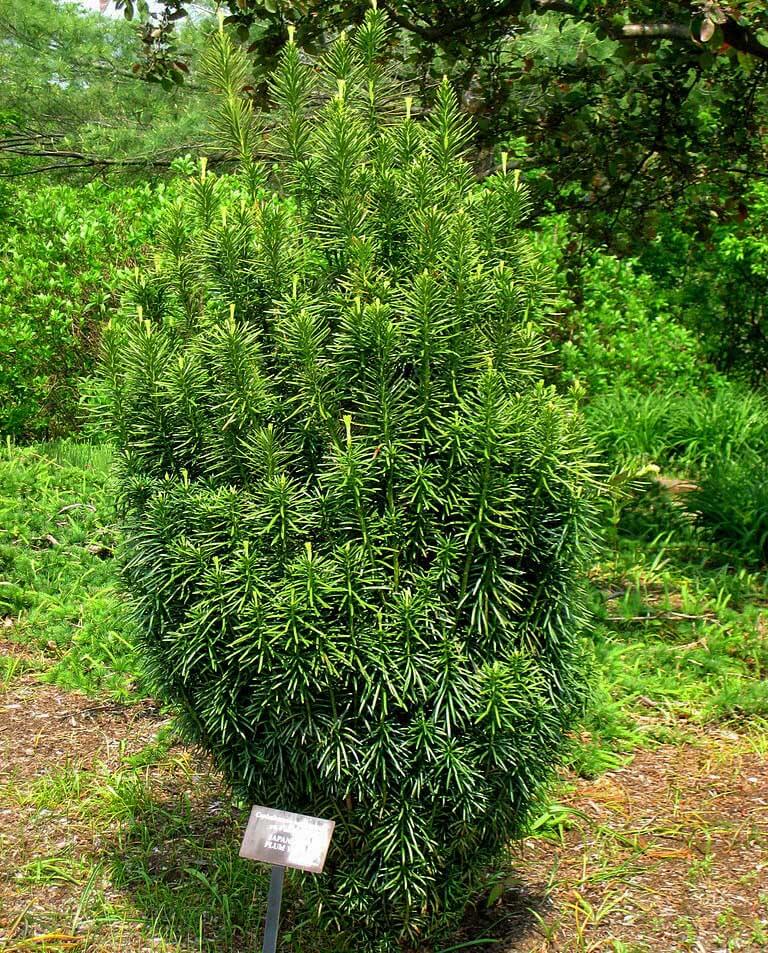
Upright plum yew can reach 10 feet but it is easy to shear to size. (Image by Daderot)
Plum yews (Cephalotaxus spp.) comprise several species from East Asia, these deer-resistant cousins of the ubiquitous yew bring a bolder texture to the garden with their large, lustrous dark-green needles. Their many other laudable features include superior heat- and shade-tolerance. Plum yews come in many forms, from sprawling ground covers (such as Cephalotaxus harringtonia ‘Prostrata’) to small trees. Most cultivars – including the following – are hardy from USDA Zones 6 to 9. In some cases, their foliage may bronze with excessive winter sun or cold.
Duke Gardens plum yew (C. harringtonia ‘Duke Gardens’). Forming a dense, broad, 5-foot-tall mound, this introduction from Duke University’s botanical garden is perfect for sculpting into hummocks or hedges. It’s also lovely as a feathery unpruned specimen.
Upright plum yew (C. harringtonia ‘Fastigiata’). Broom-like bundles of dark-needled stems ascend in a dense, narrow 10-foot column that broadens toward the top. It’s an ideal subject for a path- or border-side hedge.
Hedgehog plum yew (C. harringtonia ‘Hedgehog’). Essentially a scaled-down version of ‘Duke Gardens’, ‘Hedgehog’ works beautifully as a dwarf accent or hedge.
Korean Gold plum yew (C. harringtonia ‘Korean Gold’). The foliage of this variant of ‘Fastigiata’ emerges bright yellow in spring, and holds its color year-long in areas with mild summers and moderate winters.
Korean plum yew (C. koreana). Difficult to find but well worth the search, this large and exceptionally cold-hardy Korean native grows to a densely rounded 10 feet tall. It’s hardy to Zone 5b and stays dark green year-round.
Japanese Hollies for Shearing
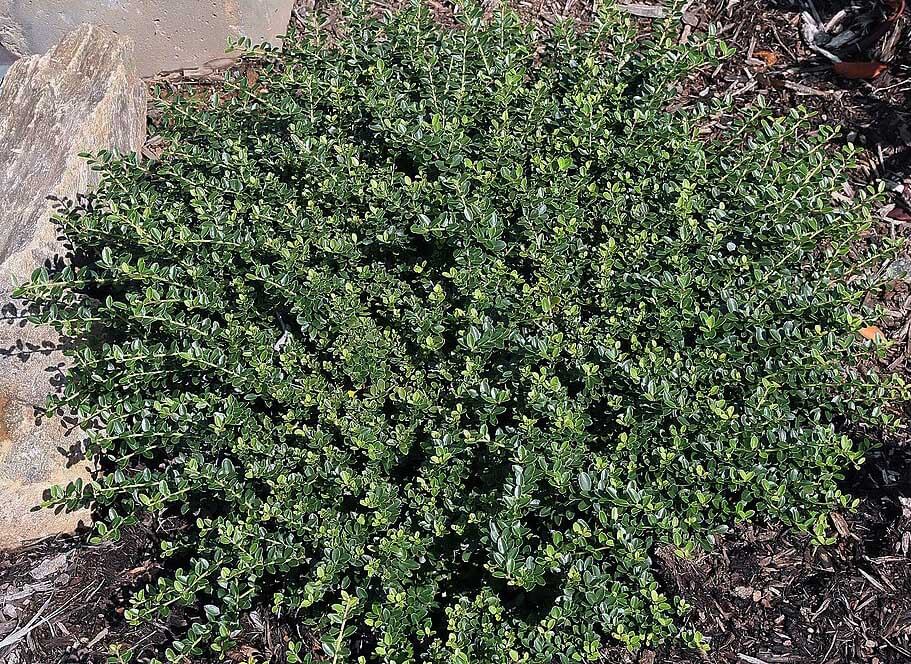
Japanese holly (Ilex crenata). The small, rounded, leathery, dark-green leaves of this fine-textured broadleaf evergreen have a distinctly boxwood look – but without the peculiar boxwood odor. Small white flowers spangle the foliage in late spring, followed (on female plants) by black berry-like fruits. Numerous cultivars of Japanese holly are available, in all shapes and sizes. Most do well in USDA hardiness zones 5b to 8.
Beehive Japanese holly (Ilex crenata ‘Beehive’) slowly assumes a broad, dense, conical form similar to that of a traditional basket-woven bee skep. Use this 3- to 4-footer in low hedges or as an accent plant.
Compact Japanese holly (Ilex crenata ‘Compacta’) is also suitable as a low hedge. It earns its moniker by growing slowly into a dense 4-foot globe. Unpruned plants can reach 6 feet with age.
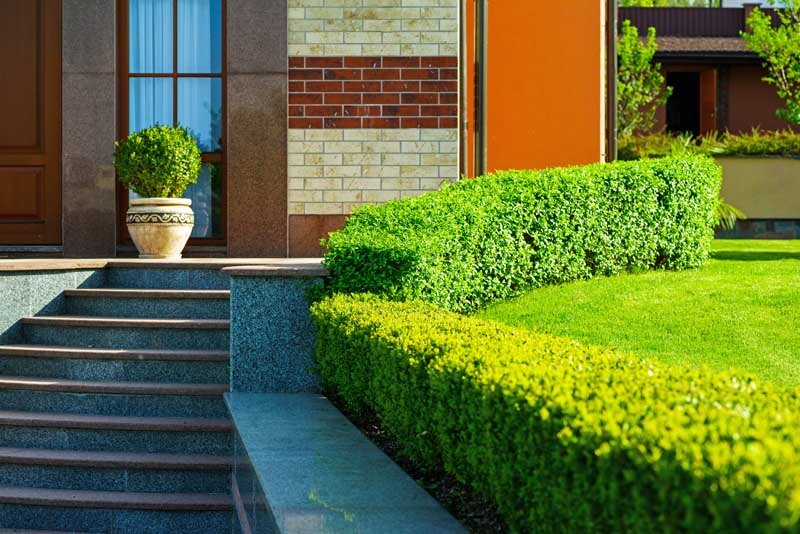
Helleri Japanese holly (Ilex crenata ‘Helleri’) forms a comparable broad mound but has leaves dusted with a grayish bloom. Its offspring ‘Golden Helleri’ features chartreuse foliage and a dwarfer habit.
Cupped Japanese holly (Ilex crenata ‘Convexa’) matures relatively rapidly into a dense 6-foot mound clad with leaves that are characteristically cupped.
Sky Pencil Japanese holly (I. crenata ‘Sky Pencil’) cannot be beat for a narrow hedge or garden exclamation point. A narrow column growing to 8 feet tall but a slender 1-foot across, it’s literally a good fit for tight spaces.
Container Specimens
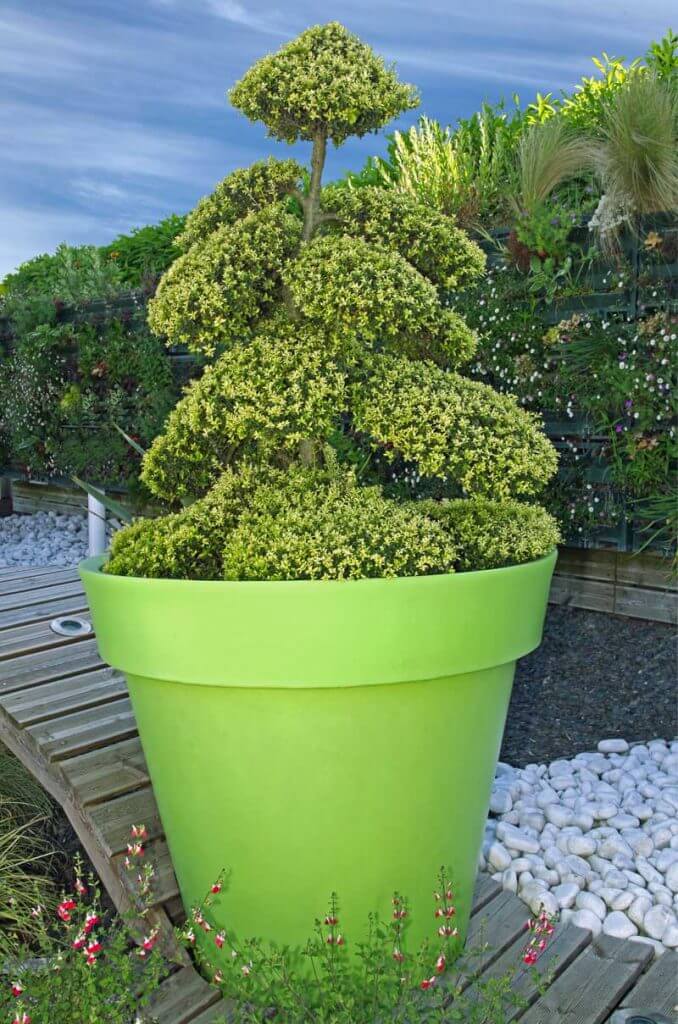
Dwarf plum yews and hollies such as Cephalotaxus harringtonia ‘Hedgehog’ and Ilex crenata ‘Golden Helleri’ also make excellent container plants. Use a 5-gallon or larger container, and choose a coarse potting soil, such as Fafard Ultra Outdoor Planting Mix. In areas colder than USDA Zone 7, move the plants into a protected location (such as an attached garage) for the winter.
Shearing Tips
Shear plants lightly in late spring or early summer to maintain their shape, repeating later in the growing season if necessary. Avoid shearing shrubs into shapes that are narrower at the base, causing shading and consequent thinning of lower growth. Heavier pruning – to reshape the shrub or to increase the density of sparsely branched stems – should be done in late winter or early spring, before bud-break. This is also a good time to selectively head back a few stems to allow light and air into the plant’s interior and to stimulate renewal growth.


